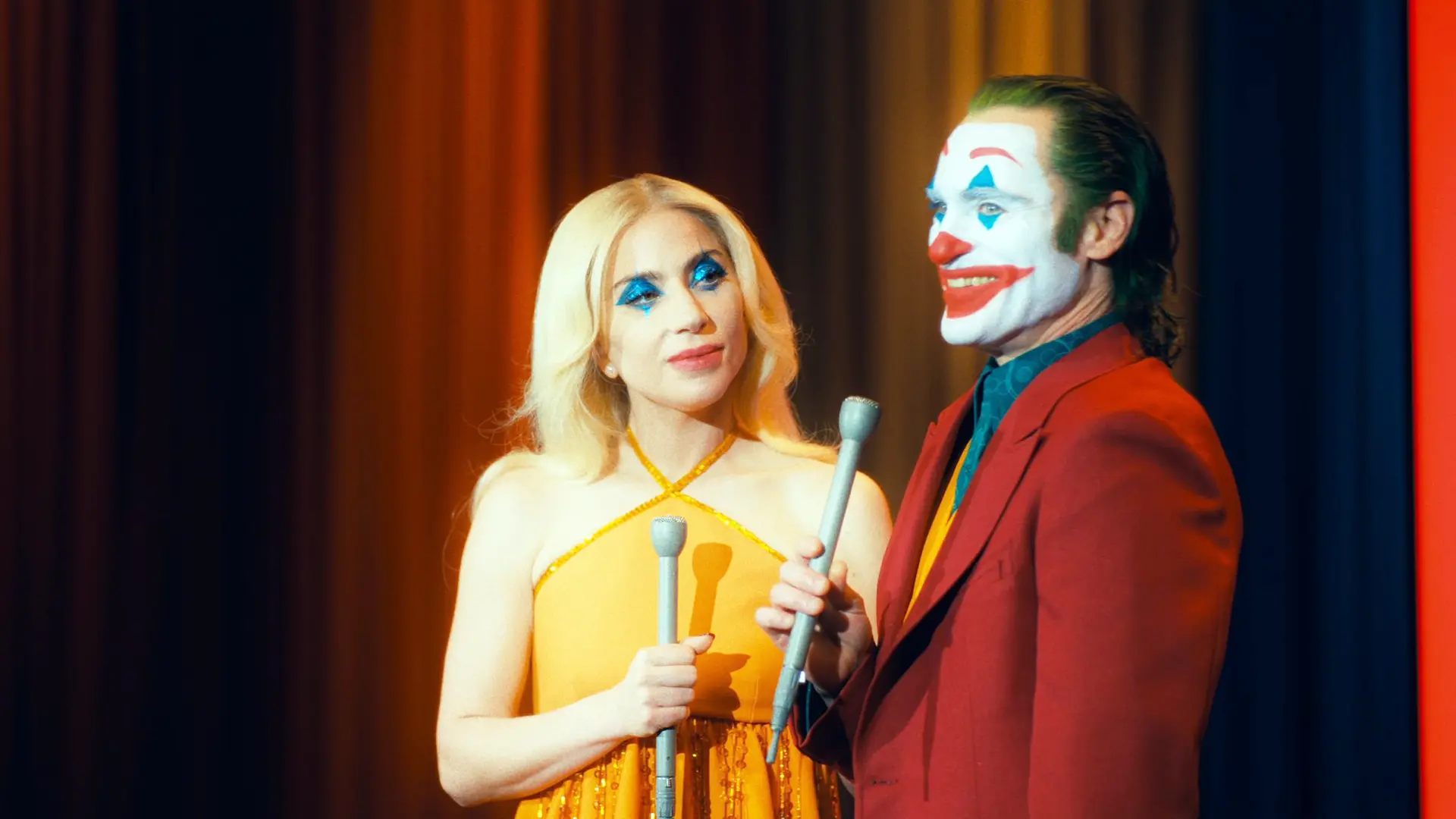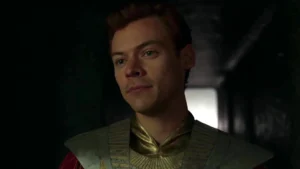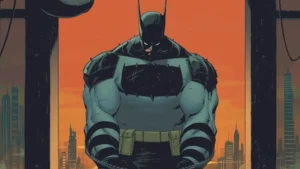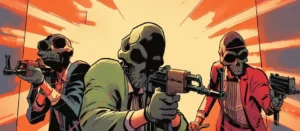Introduction
How did a character with no abilities or mythical roots become one of the most recognizable villains in popular culture? The Joker, with an 80-year career, has appeared in nearly a thousand comic book issues and several films, capturing audiences with his unexpected behavior and unsettling charisma. This blog post delves into the psychology, origins, and evolution of the Joker in comics and film. By delving into his secret origins and unsettling representations, we might discover what makes the Joker more than just a monster, but a mirror reflecting our deepest fears and fascinations. What is it about this master of mayhem that continues to captivate us?
The Joker’s cryptic personality stems from his various origin myths, which each add layers to his complex persona. While many characters have well-documented origins, the Joker’s is purposefully ambiguous, adding to his unpredictability and chaos.
In comic books, the Joker’s origin is portrayed as a fluid story, with one of the most notable variants seen in Alan Moore’s “The Killing Joke” (1988). This comic novel depicts the Joker as an unsuccessful comedian who resorts to crime to support his pregnant wife. A catastrophe at a chemical plant while attempting a robbery transforms him into the scarred, maniacal killer known as The Joker. This history conveys the idea that a single tragic experience can drive an average person insane, which has influenced the character’s evolution.
Film Interpretations: Each representation provides a new perspective on his origins. In Christopher Nolan’s “The Dark Knight” (2008), the Joker has no discernible biography; instead, he delivers a succession of competing stories to captivate and frighten his audience. In contrast, Todd Phillips’ “Joker” (2019), starring Joaquin Phoenix, delves deep into the psyche of Arthur Fleck, a man abandoned by society whose spiral into madness and metamorphosis into the titular villain serve as both a social criticism and a tragic character study.
Character Development Across Mediums.
The Joker’s character is a case study in evolution, shaped by societal developments and altering audience expectations. In comics, his evolution from a simple criminal trickster to a nuanced, deeply psychological character demonstrates the versatility of his identity.
Comics Evolution: Originally portrayed as a smart villain capable of sophisticated criminal conspiracies, the Joker has evolved over the years into a philosophical agent of chaos. This transformation is most seen in story arcs like “Death of the Family,” when his vast understanding of other characters transforms him into a more terrifying figure, emphasizing his manipulating and vicious nature.
Cinematic Adaptations: Each actor’s portrayal of the Joker added fresh facets to the character. Jack Nicholson’s 1989 performance in Tim Burton’s “Batman” injected the character with gangster-like charm coupled with theatrical flair, but Heath Ledger’s Oscar-winning performance in “The Dark Knight” emphasized a nihilistic force of nature that thrives on anarchy.
Timeline of the Joker’s Evolution
- 1940s-1950s: A violent trickster with a penchant for elaborate robberies.
- 1980s: A complex backstory introduces a tragic element with “The Killing Joke”.
- 2000s-present: Portrayed as a philosophical symbol of chaos, especially in films.
Important Story Arcs and Their Impact
The Joker’s character is likely best understood through important story arcs that have defined his role inside the DC Universe while also influencing greater comic book storytelling.
Key Comic Book arcs:
• “The Killing Joke” (1988): Alan Moore’s graphic novel depicts the Joker as a sad figure altered by a single awful day, offering a possible genesis narrative. This story enhanced his character by offering psychological intricacy that suggests crazy and sanity are only a coin flip away.
• “Death of the Family” (2012-2013): Written by Scott Snyder, this modern classic depicts the Joker at his most cruel, returning to Gotham to slaughter all of Batman’s “family” in order to demonstrate how Batman’s relationships weaken him. This arc is critical for understanding the Joker’s perspective on his relationship with Batman, which he regards as a twisted love affair.
Cinematic Milestones:
• “The Dark Knight” (2008): Heath Ledger’s portrayal of the Joker established a new benchmark for the character in movies. His version was a genius of chaos, questioning Gotham’s morality as well as Batman’s ethos with his anarchistic worldview.
• “Joker” (2019): This film delves deeply into the sociological and psychological elements that may have contributed to the emergence of a villain like the Joker. It stands out as a character study, focusing on mental illness and societal neglect, and how they might combine to create a monster.
Fan-favorite Joker Quotes
Why so serious?
– The Dark Knight
The worst part of having a mental illness is people expect you to behave as if you don’t.
– Joker

Joker’s Faces: Actor Interpretations
The portrayal of the Joker has changed dramatically with each performer, adding new life and nuances to the character and affecting not only subsequent comic renderings but also viewer expectations.
• Jack Nicholson (1989): Nicholson’s Joker in Tim Burton’s “Batman” blended dark humor and menacing aspects, portraying a mobster-like clown who was both unpredictable and dramatically wicked.
• Heath Ledger (2008): Ledger’s Oscar-winning performance created a gritty, grounded, and terrifying depiction of the Joker, highlighting a chaotic philosophy that challenges Batman’s ordered world. Ledger’s acting style provided a depth that was both disturbing and compelling.
• Joaquin Phoenix (2019): Phoenix’s interpretation of “Joker” centered on the psychological transformation of Arthur Fleck into the Joker. This portrayal, which earned Joaquin Phoenix an Oscar, offered a candid look at mental illness and social dysfunction.
The Joker’s Cultural and Psychological Appeal
The Joker’s fascination extends beyond his chaotic character to his complicated psychological profile, which resonates well with audiences.
Psychological analysis:
• Agent of Chaos: The Joker’s popularity stems from his status as a disruptor. He disrupts the status quo, causing both characters and audiences to question their moral and ethical limitations.
• Mirror to Society: Frequently, the Joker’s activities reflect society’s extremes, such as corruption, injustice, and alienation. This mirroring makes him an appealing figure since he represents the worst side of human nature and society’s shortcomings.
• Trickster Archetype: In mythology, a trickster is a character that defies the rules of the gods or nature in cunning ways, frequently questioning traditional order and wisdom.
• Chaos Theory: This psychological theory proposes that underlying patterns, continual feedback loops, and repetition exist behind the apparent unpredictability of chaotic complex systems.
Conclusion
As we consider the Joker’s multidimensional nature, we must ask: what does the future hold for this iconic figure? As society and its narratives evolve, the Joker is likely to adapt to new types of storytelling and audience expectations. This ongoing evolution elevates the Joker from a mere figure in comic books and cinema to a real, breathing representation of our collective psyche.
In an increasingly complex and uncertain world, the Joker serves as a dark beacon, reminding us of the fine border between sane and crazy, order and disorder. His continuing attraction encourages us to investigate not only the character, but also the shadows within our own world and ourselves.






